Some cars are more than just machines—they’re time capsules. They close the book on legendary models that helped shape automotive history.
When automakers decide to pull the plug on an icon, they often go out with a bang: special limited edition cars that pay homage to their legacy. These farewell editions capture the spirit of what made these rides unforgettable, giving collectors a chance to own a slice of history.
Manufacturers usually crank up the appeal with exclusive features—think unique paint, beefier engines, and touches you won’t find on the regular models. Limited edition cars that mark the end of production runs become instant grails for enthusiasts who crave the last of their kind.
1) Dodge Challenger Last Call Special Edition
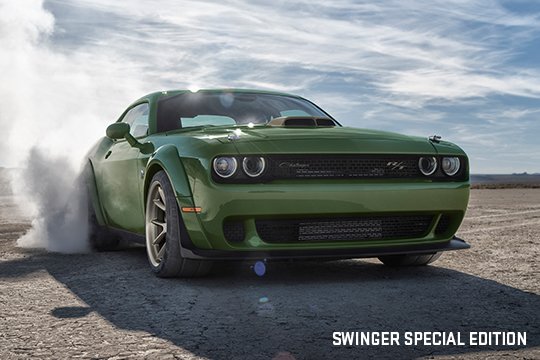
The Dodge Challenger Last Call Special Edition capped off the end of the current-generation Challenger. This farewell edition was Dodge’s love letter to decades of American muscle.
Dodge didn’t just make one—there were seven different Last Call models. Each one nodded to a different era of muscle car history.
You could spot a Last Call a mile away. They rocked exclusive colors, heritage-inspired styling, and badges that screamed “collector car.”
With limited production numbers, these became instant collector cars for 2023 and 2024. Dodge made it clear: this was your final shot at a classic V8-powered Challenger.
It all wrapped up as Dodge ended production of the Challenger and Charger at the close of 2023. That was the curtain call for the modern muscle car era that kicked off back in 2008.
Performance? Oh, they kept that front and center. The Last Call models kept their legendary engines roaring, just as fans hoped.
Dodge even brought back three beloved heritage colors for the occasion. It was a clever move, tying the final models to the Challenger’s storied roots.
Honestly, these weren’t just fancy packages. They stood as the end of an era—Dodge’s last dance with V8s before the electric future rolled in.
Collectors and muscle car diehards snapped them up, knowing they’d just landed modern pieces of automotive history. The “Last Call” name? It said it all—this was the endgame for a muscle legend.
2) Dodge Charger Last Call Special Edition
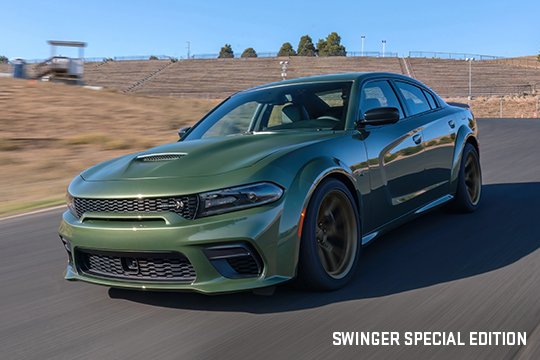
Dodge also whipped up seven “Last Call” special edition models to send off their Hemi V-8 era. These limited-edition cars closed the final chapter on American muscle for the Charger.
The Last Call lineup had several Charger flavors. Each one came with its own unique look and performance tweaks—definitely not your average sedan.
Dodge’s Last Call special editions honoured both the L-bodied Charger and the legendary Hemi V8. They went all out for this final bow.
The Charger Super Bee led the pack, showing off throwback styling that called back to classic muscle. It was a wink to the past, but with modern punch.
Not to be left out, Dodge rolled out Charger Swinger models too. These paid homage to vintage Dodge nameplates—nostalgia, but with a twist.
Allocation for these Last Call models depended on dealership sales history. Only the top 500 Dodge dealers in the U.S. got their hands on them.
Dealers split into three groups, with the top 200 snagging the biggest share. It was a bit of a scramble—almost like a golden ticket hunt for muscle fans.
These Last Call editions marked the final V8-powered Chargers before Dodge pivoted to electric. They managed to blend old-school muscle with new tech, which is pretty rare these days.
When 2023 ended, so did production of the Charger and Challenger in their classic forms. The Last Call editions? They were the ultimate mic drop for these icons.
3) Mercedes-AMG E63 S Final Edition
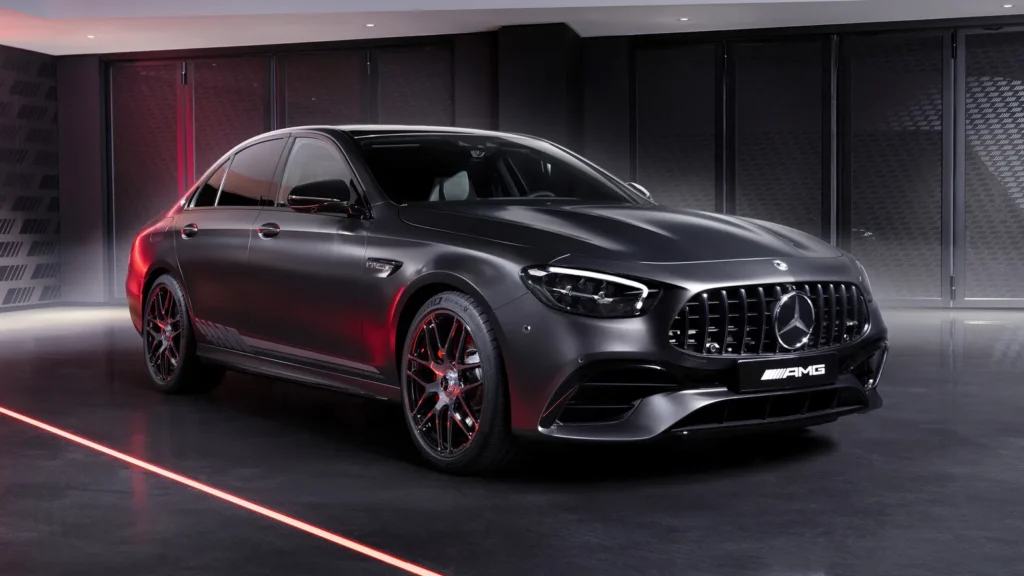
Mercedes-AMG introduced the E63 S Final Edition to close out the W213 generation. This was the last E-Class to get the pure, traditional V8 from AMG.
They kept it exclusive—just 999 units worldwide, in both sedan and wagon form. Collectors and enthusiasts pounced on them.
Under the hood, you got a twin-turbo 4.0-liter V8. That engine is basically AMG’s signature dish—loud, fast, and a bit unruly.
Mercedes dressed up the Final Edition with special badges and graphics. The Graphite Gray Magno paint made these cars stand out in any crowd.
This was a turning point for Mercedes-AMG. The Final Edition meant no more non-hybrid V8s in the E63 S lineup.
Production wrapped in 2023 as Mercedes geared up for a brand-new E-Class. The Final Edition served as a proper sendoff for the W213 powerhouse.
Inside, you got black leather, Alcantara, and all-wheel drive as standard. It felt as special as it looked.
The E63 S Final Edition isn’t just another limited run—it’s the dividing line between the old-school V8 thunder and the electrified future of luxury performance.
Collectors knew it right away. Auction houses wasted no time listing these after production stopped, cementing their place as rare cars at the end of production.
4) Morgan Plus 8 50th Anniversary Edition
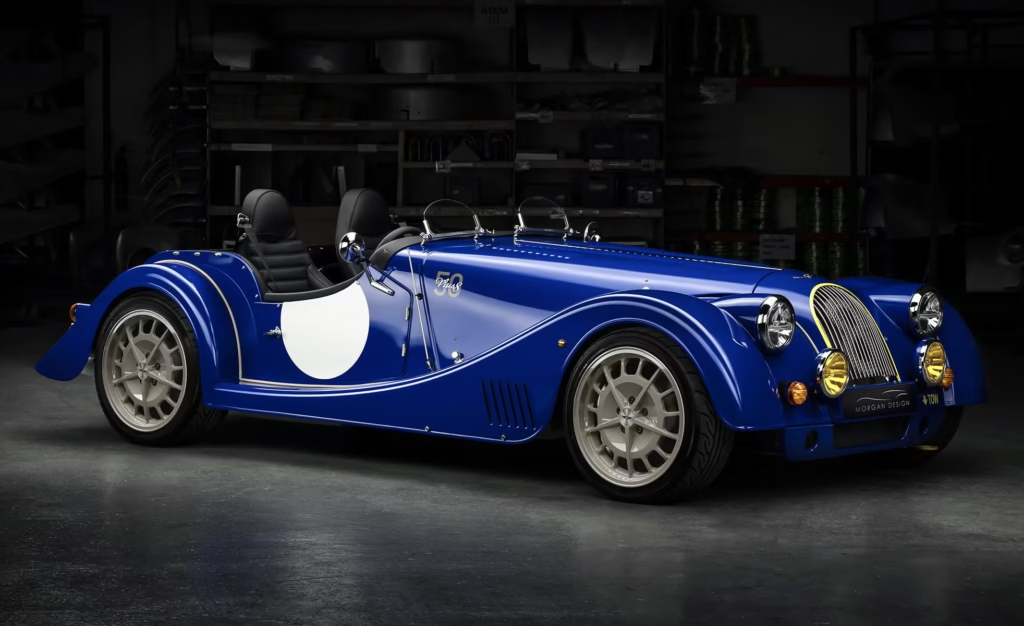
The Morgan Plus 8 50th Anniversary Edition was Morgan’s curtain call for V8 power. This unique model celebrated 50 years of the Plus 8 and said goodbye in true British style.
Morgan only built 50 of these, each hand-built and individually numbered. At £107,500 a pop, they weren’t exactly cheap, but exclusivity rarely is.
The anniversary edition debuted at the 2018 Geneva Motor Show. It honored the original Plus 8 prototype that Peter Morgan rolled out in 1968 at the Earls Court Motor Show.
Power came from a BMW-sourced 4.8-liter naturally aspirated V8. This engine had been the heart of Plus 8s since 2012, but this was its swan song.
The design? Pure Morgan. The hand-built body looked almost unchanged from decades ago—timelessness in metal and leather. That classic silhouette is what made the Plus 8 so beloved for half a century.
Buyers got a cool bonus: a Christopher Ward chronometer watch with a piece of the car built right in. Talk about a conversation starter.
The 50th Anniversary Edition marked the end of Morgan’s V8 era. After this, Morgan moved on from the naturally aspirated V8 that defined the Plus 8 for generations.
This limited edition captured everything that made the Plus 8 special—old-school British craftsmanship, muscular V8 performance, and a lightweight chassis that barely changed in fifty years.
5) Pagani Zonda Cinque Roadster
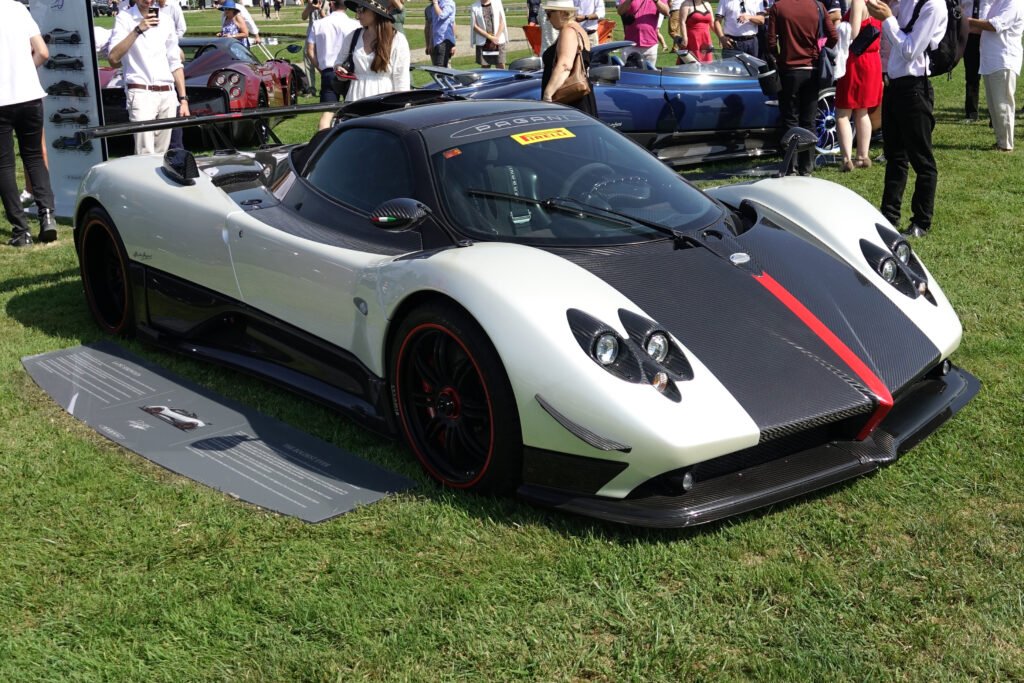
The Pagani Zonda Cinque Roadster really does feel like the final curtain call for one of the most celebrated supercars ever. With just five units ever built, this is the kind of rarity that gets collectors’ hearts racing.
Pagani rolled out the Cinque Roadster in July 2009. Then, it made a splash at the Geneva Motor Show in March 2010. This wasn’t just another Zonda—it was the ultimate roadster in the series.
Under the hood, you’d find a wild AMG-sourced V12 with 678 horsepower. The carbon fiber body kept it feather-light and brutally fast. And let’s not tiptoe around it—the $1.8 million price tag screamed exclusivity.
Pagani poured all their expertise from the original Zonda Cinque into this open-top version. They seemed obsessed with making sure every road-legal model got its own roofless sibling.
Worried about how it’d look with the roof off? Pagani’s engineers obsessed over every angle, making sure the car’s lines stayed dramatic and elegant, even with the sky above your head. The end result? A design that’s just as jaw-dropping with the top down.
For many, the Zonda Cinque Roadster felt like the Zonda’s swan song. Of course, Pagani couldn’t resist a few more special editions later, but this one holds a special place in the saga.
This car stands tall among Pagani’s rarest creations. It’s a cocktail of bleeding-edge tech and old-school craftsmanship. Every inch screams passion and obsession—honestly, it’s hard not to get swept up in it.
Moments like this remind us that even small automakers can shake up the world. Limited edition cars like this prove that innovation and detail can outshine the big guys, at least for those who truly appreciate automotive art.
6) Ferrari LaFerrari Aperta
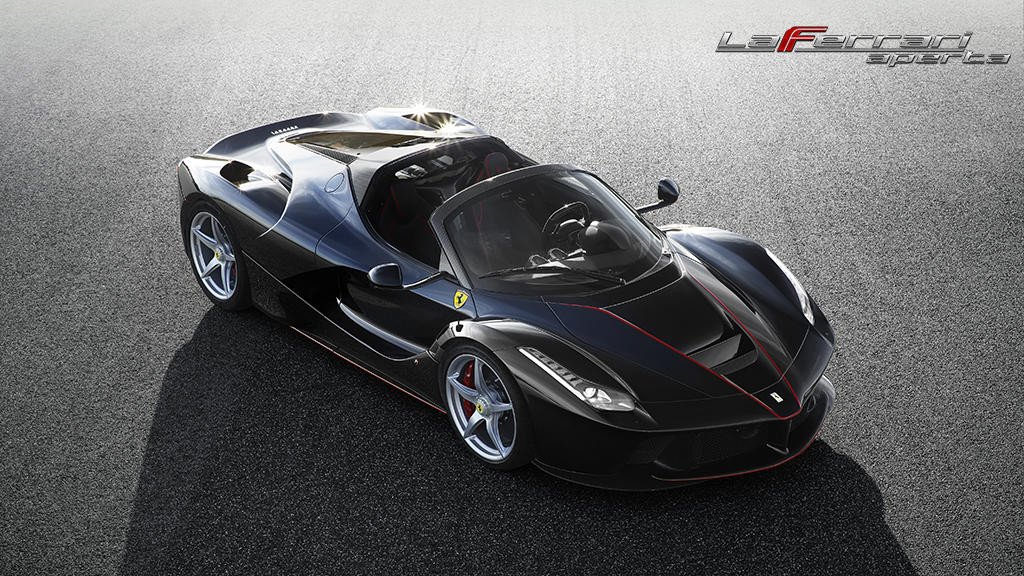
The Ferrari LaFerrari Aperta landed in 2016, celebrating Ferrari’s 70th anniversary with a bang. This open-top hypercar didn’t just mark an occasion—it closed the book on Ferrari’s first hybrid era.
Ferrari built the Aperta as the convertible sibling to the groundbreaking LaFerrari coupe. They wrapped up coupe production to make room for this anniversary showstopper.
Only 209 units rolled out of Maranello, and Ferrari saved these for their most loyal clientele. That exclusivity? It’s next-level.
The Aperta didn’t skimp on power. It used the same hybrid powertrain as the coupe—a 6.3-liter V12 paired with an electric motor, cranking out over 950 horsepower. It’s as wild as it sounds.
Without a fixed roof, Ferrari’s engineers had to reinforce the chassis. Carbon fiber reinforcements kept the car stiff and safe, even when the sun was shining in.
The Aperta stunned crowds at the 2016 Paris Motor Show. People couldn’t stop talking about Ferrari’s ultimate open-air thrill ride.
By the time Ferrari officially announced it, 200 of the 209 Apertas were already spoken for. The last nine? Gone in a flash.
And the final Aperta? It made headlines when it sold for a jaw-dropping $10 million at auction. That’s collector car fever in action.
With the Aperta, Ferrari closed the chapter on theirfirst hybrid supercar adventure. It signaled the end of an era before the brand jumped headlong into the next wave of electrified performance.
The last Aperta reached its owner in 2018. That delivery marked the sunset of the LaFerrari family—and, honestly, a huge turning point in Ferrari’s hybrid journey.
7) BMW M3 GTS Final Edition

TheBMW M3 MT Final Edition is BMW’s love letter—and goodbye note—to the manual transmission. For fans of the stick shift, this farewell edition car hits hard.
BMW capped production at just 150 units for the German and Japanese markets. That’s not a lot, and it’s no surprise collectors and die-hard drivers started circling like hawks.
This Final Edition packs a 6-speed manual gearbox—something you almost never see anymore as automakers chase performance and efficiency with automatics.
BMW made this model as a last hurrah for the manual. They knew the writing was on the wall for stick shifts in their high-performance lineup.
Performance-wise, it’s everything you expect from an M3. That engine still snarls, and the handling is razor sharp. Manual or not, it’s unmistakably an M3.
Special badging and unique interior flourishes set this car apart. It’s BMW’s way of saying, “This is the end of an era—let’s make it count.”
BMW Japan even ran a lottery for buyers because, let’s face it, demand was always going to outstrip supply. That’s how you know you’ve made a collector car for 2023 that’s going to matter.
This isn’t just another limited edition. It’s a symbol of the industry’s shift away from analogue driving—something purists will mourn, and future generations might never fully understand.
Collectors already see this M3 as a future classic. Limited numbers, the end of the manual, and that unmistakable M3 DNA? That’s a recipe for value.
BMW’s not hiding from the future. But with this Final Edition, they offered a proper send-off to the manual era—one last dance before everything goes digital.
Historical Impact of Limited Edition Cars
Limited edition cars have always shaped automotive history, pushing boundaries and creating cultural touchstones that car fans still talk about decades later. These collector cars often debut breakthrough tech that trickles down to the masses, but let’s be honest, it’s the drama and exclusivity that really set them apart.
Milestones in Automotive Innovation
Manufacturers love to use limited edition cars as test beds for wild ideas. The Ferrari F40 in 1987? It pushed carbon fiber and turbocharging into the spotlight.
Brands like McLaren and Porsche have used rare cars at the end of production runs to showcase what’s next. The McLaren F1’s central seat and V12 engine changed the supercar game—and the ripple effects still echo today.
Porsche’s special editions often launch new tech—think active aero or advanced traction control—that later shows up across their models. These milestones don’t just move the needle; they redraw the map.
Significance in Car Culture
Let’s face it, limited edition cars become legends. The Dodge Last Call Challenger and Charger, or the Mercedes-AMG E63 S Final Edition, stand as symbols of the end of the V8 era and the muscle car’s golden age.
Final edition cars often close out a chapter with a bang—extra power, special paint, or a nod to the past. The Morgan Plus 8 50th Anniversary, capped at just 50 units, marked the end of naturally aspirated V8s for Morgan. That’s more than a car; it’s a time capsule.
Cultural Impact Categories:
- End-of-Era Symbols: Farewell edition cars that say goodbye to V8 engines, manual transmissions, or iconic badges
- Anniversary Celebrations: Collector cars that toast brand milestones
- Technology Showcases: Limited editions that preview the future
Here’s the thing: these cars don’t just get rare—they get valuable. Some become priceless overnight thanks to their story, their exclusivity, and their place in history. Why do limited edition cars increase in value? It’s the perfect storm of rarity, nostalgia, and, frankly, a bit of FOMO.
Final Words
Limited edition farewell cars aren’t just machines; they’re monuments to passion, performance, and progress. Each signals a chapter’s end while hinting at what comes next. For enthusiasts and collectors alike, these swan songs embody nostalgia and rarity—rolling reminders of eras that shaped automotive history forever.
Thanks for reading! If you enjoyed this deep dive, be sure to subscribe to my email list for exclusive car reviews, insider tips, and weekly special offers on car parts, auctions, and gear — perfect for any car enthusiast.
And don’t forget to read related posts for more great content!
Frequently Asked Questions
Curious about legendary farewell models like the Dodge Last Call Challenger and Charger or the Mercedes-AMG E63 S Final Edition? Collectors and enthusiasts always want to know what makes these rare cars special, how to spot them, and why they’re worth investing in. If you’re chasing the next big collector car of 2023, 2024, or 2025, these are the stories and features you’ll want to know.
What are some of the most iconic limited edition cars that signaled the end of a particular automotive era?
The Dodge ‘Last Call’ Special Edition series really slammed the door on an era for the Challenger and Charger. Dodge threw in a supercharged 6.2-liter HEMI V8, cranking out up to 797 horsepower—honestly, it’s the kind of raw power that makes your heart skip a beat.
Meanwhile, the Mercedes-AMG E63 S Final Edition wrote the last chapter for Mercedes-AMG’s high-performance E-Class sedans. That 4.0-liter twin-turbo V8 pushed out 603 horsepower, blending old-school muscle with German precision.
Then there’s the Morgan Plus 8 50th Anniversary. Morgan only built 50 of these, marking the end of the road for their naturally aspirated BMW-sourced 4.8-liter V8. It’s bittersweet—like watching your favorite band’s final concert.
How can collectors identify and purchase rare limited edition vehicles?
If you’re hunting for collector cars in 2023, 2024, or even 2025, you’ve got to do your homework. Always check production numbers and make sure the paperwork’s legit—no one wants to get burned by a fake.
Limited edition cars almost always flex special badges, wild paint colors, or some quirky interior material you won’t find anywhere else. Farewell edition cars love to show off with certificates of authenticity—think of them as the car’s birth certificate, proving its place in history.
It pays to stick with authorized dealers or certified pre-owned programs. The real unicorns? Sometimes you’ll find manufacturers with secret waiting lists for their rarest rides. It’s a bit of a treasure hunt, honestly.
Which prestigious limited edition cars have achieved record-breaking values at auction?
Special edition cars regularly fetch six-figure sums, and sometimes more, at auction. These aren’t just cars—they’re rolling time capsules.
Look at the Pagani Zonda Cinque Roadster. Every time one pops up at auction, collectors go wild. The hand-built details and ultra-low production numbers make it a legend among rare cars at the end of production.
Final edition supercars, like the Ferrari LaFerrari Aperta, tend to skyrocket in value. Their scarcity and significance turn them into blue-chip investments. Why do limited edition cars increase in value? Simple—there’s never enough to go around, and everyone wants a piece of history.
What characteristics make a limited edition supercar stand out from mass-produced models?
Limited edition cars aren’t just about rarity—they’re a cocktail of exclusivity, wild design, and technical wizardry. You’ll spot touches like carbon fiber bodies, alcantara everywhere, and paint colors that seem to shift in the light.
Hand-finished details and wild color schemes scream “collector car.” Under the skin, these cars usually pack tuned engines and dialed-in suspension systems, making every drive feel like a special occasion.
The upgrades aren’t just for show—they change how the car feels, sounds, and handles. It’s like comparing a custom-tailored suit to something off the rack. Who wouldn’t want that?
Can you list special edition vehicles that are celebrated for their exclusivity and performance?
The Dodge Last Call Challenger? It’s got the most powerful HEMI engine Dodge ever built. This is the end of the V8 era, and Dodge wanted to go out with fireworks.
Over at Mercedes, the AMG E63 S Final Edition took luxury and performance and blended them into something truly addictive. That twin-turbo V8 made every drive feel like a special event.
The Morgan Plus 8 50th Anniversary? Pure, analog joy. Morgan split the run into 25 Blue Speedsters and 25 British Racing Green convertibles. If you’re after a driving experience that’s all about the senses, this is it.
What factors contribute to the rarity and desirability of limited production cars among enthusiasts?
Low production numbers crank up the scarcity factor right out of the gate. When manufacturers roll out only 50 to 500 units of their most exclusive models, it’s like throwing chum in the water for collectors—everyone wants a bite.
Historical significance? That’s the secret sauce for long-term value. **End of an era cars**—like the Dodge Last Call Challenger and Charger or the BMW M3 Final Edition manual—don’t just mark the finish line for a nameplate or a legendary V8 engine; they become rolling time capsules.
Provenance and condition can make or break a collector car’s desirability. If you find a **farewell edition car** with a rock-solid history and barely any miles, you’re looking at a serious investment piece. These gems often fetch eye-watering prices among collectors who know what’s up.

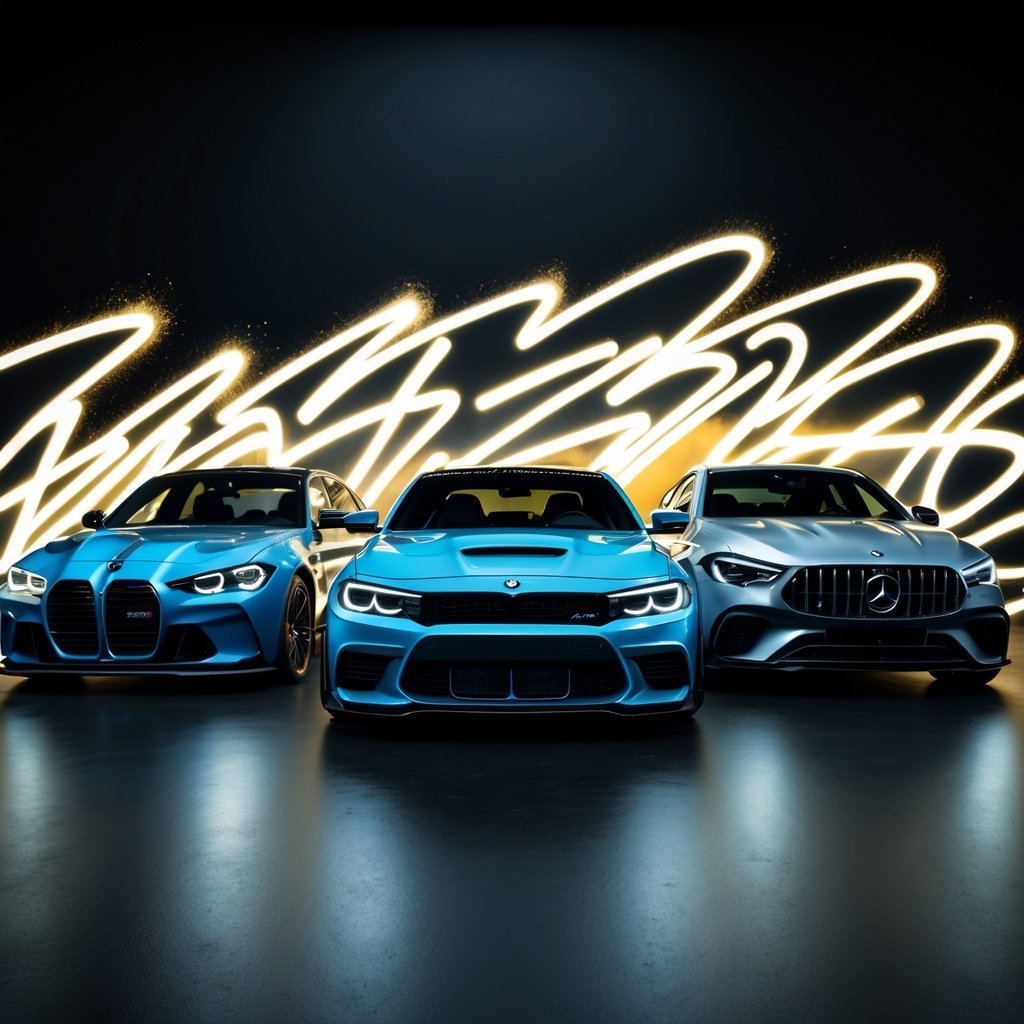
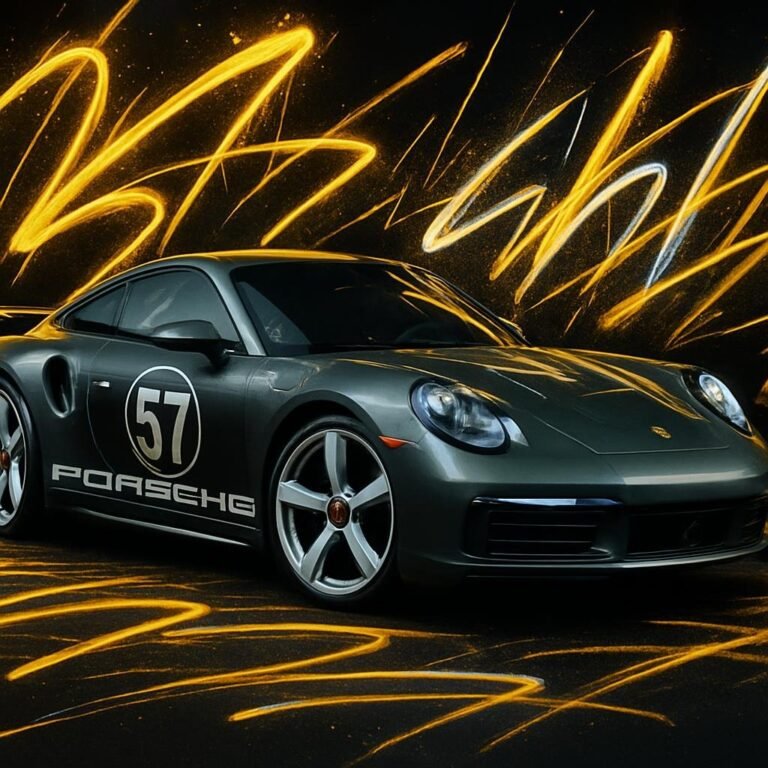
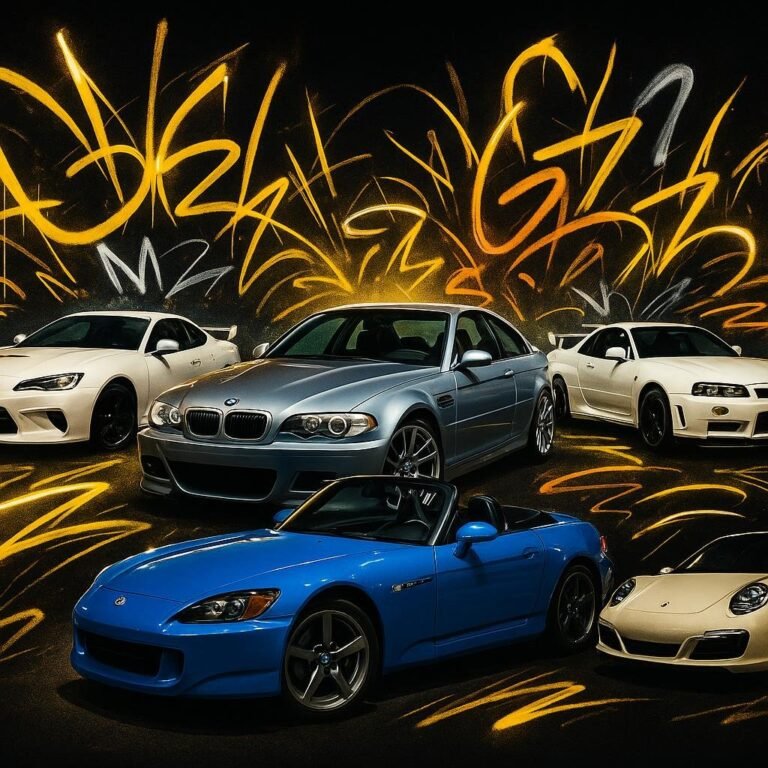
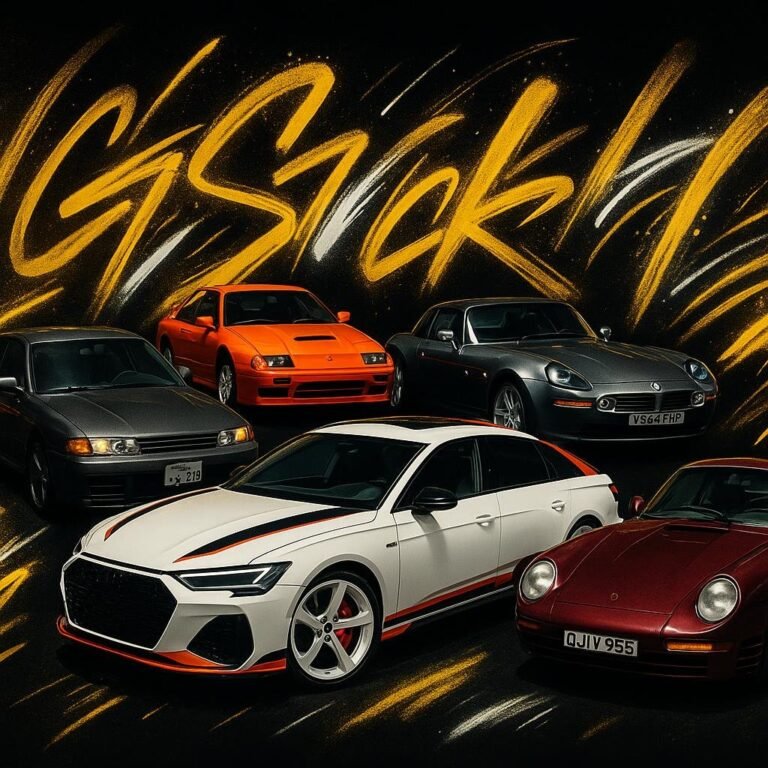
This post has been a great help.